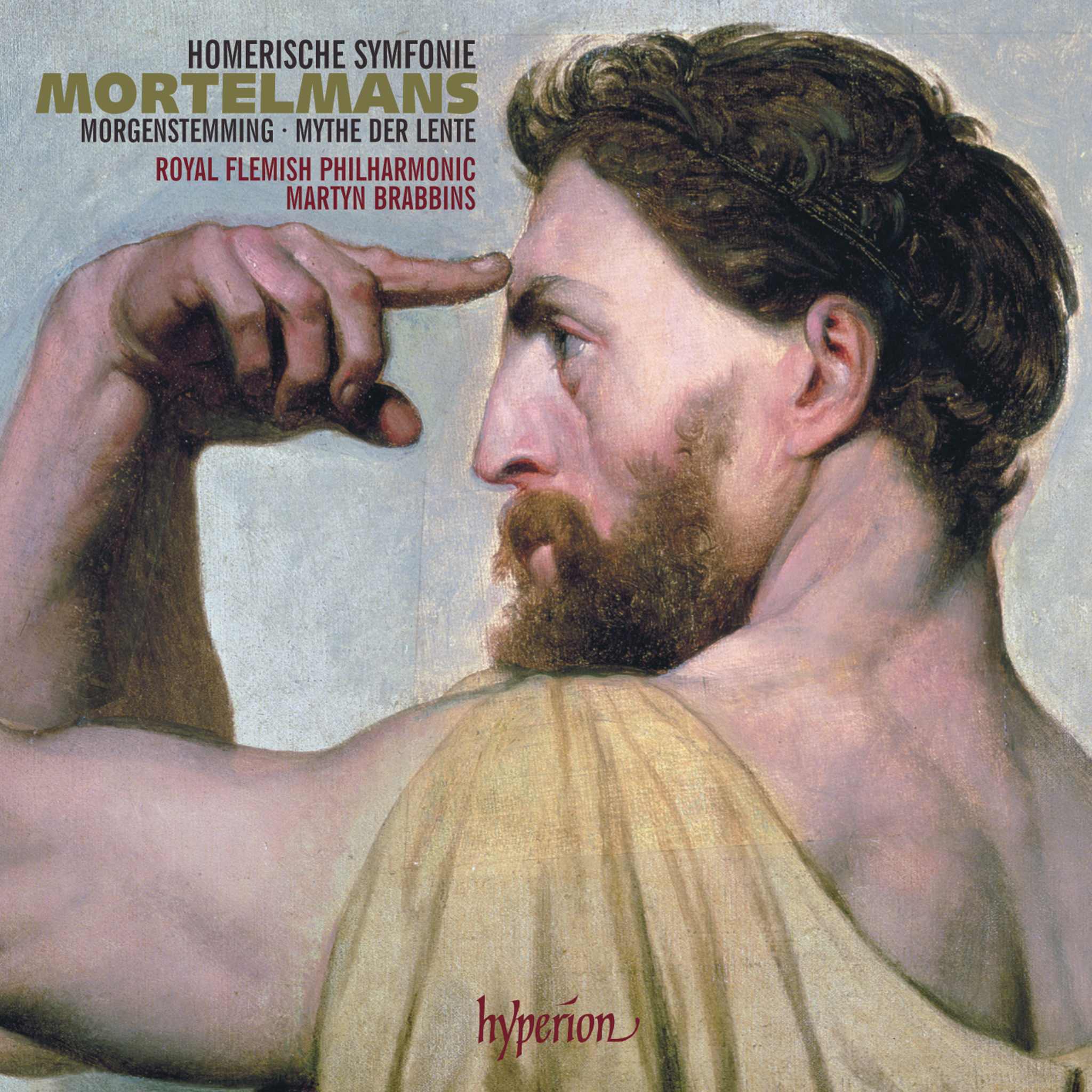Album insights
Giovanni Pierluigi da Palestrina, born around 1525 or 1526 with a name derived from a town near Rome, served as a maestro di cappella in his hometown cathedral. He later accepted an invitation from Pope Julius III to become the chapel maestro at St. Peter's Basilica in Rome. Despite being dismissed by Pope Paul IV for being married, Palestrina held various other positions before returning in 1571 as the chapel maestro at Cappella Giulia, where he passed away in 1594.
While Palestrina is revered for his mastery of the polyphonic style, he was not considered a conservative composer by his contemporaries. Agostino Aggazzari and Michael Praetorius praised Palestrina and even linked him with the Tridentine Council, recognizing his innovation. His works were highly esteemed during his lifetime, with numerous prints of his music released. Palestrina's compositions included masses, motets, hymns, Magnificats, lamentations for Holy Week, and secular and sacred madrigals, dedicated to influential figures such as nobles, princes, and popes.
The music on this CD revolves around the theme of Pentecost, showcasing Palestrina's emotive compositions. His renowned motet "Dum complerentur" vividly illustrates the Pentecost event, utilizing the text's consecutive "Alleluias" to create a flowing musical gesture. This motet served as the basis for his Mass "Dum complerentur," notable for its skillful adaptation and expansion of the original material.
In the Mass, each section draws inspiration from the motet while exploring diverse musical directions. The Gloria highlights a meticulous treatment of the text, employing declarative passages effectively. The Credo shows a progression in musical freedom, deriving and elaborating on ideas from the motet. The Kyrie, Sanctus, and Agnus Dei sections maintain links to the motet while evolving into new directions, achieving profound musical grandeur. The stylistic exploration continues in the Benedictus and the second Agnus Dei, incorporating innovative approaches and emphasizing thematic variations.
By composing the eight-voiced motets "Spiritus Sanctus" and "Veni Sancte Spiritus," Palestrina expands on antiphonal composition techniques, creating dramatic contrasts between vocal groups before merging them for powerful climaxes. Notably, "Veni Sancte Spiritus" stands out for its rich choral interplay, exemplifying liturgical drama with textual precision. The motet "Spiritus Sanctus" captures the joyous essence of the Holy Spirit with a vibrant musical portrayal.
"Palestrina's hymn "Veni Creator Spiritus" from 1589 blends Gregorian chant with polyphony, showcasing a harmonious interplay of styles. Despite being lesser-known in his oeuvre today, Palestrina's hymns shine for their beauty, as seen in this composition. Similarly, his rarely heard alternatim Magnificats, like the six-voiced Magnificat on the 6th tone, display his melodic ingenuity and responsiveness to sacred texts with subtlety and depth. These compositions reflect Palestrina's ability to blend liturgical propriety with melodic innovation."








